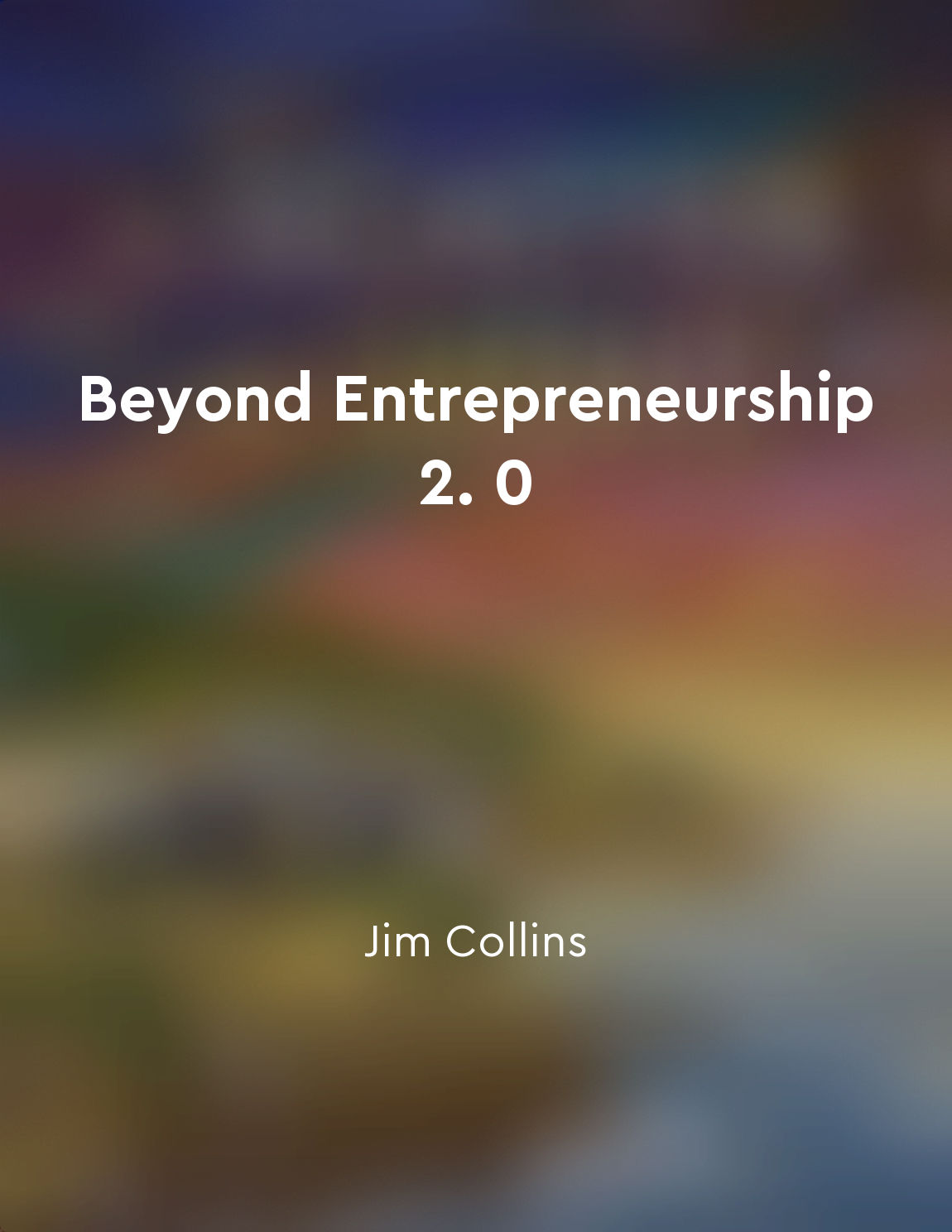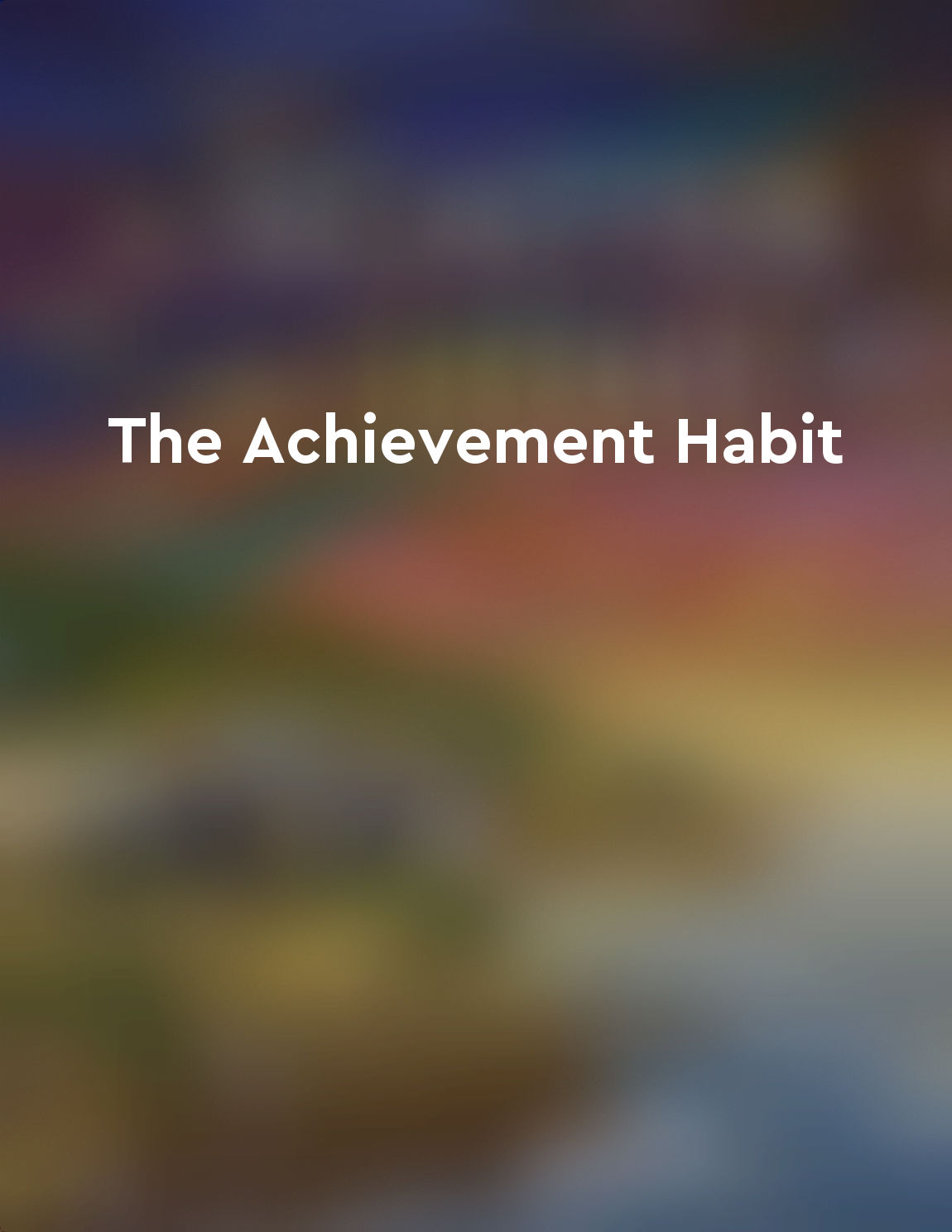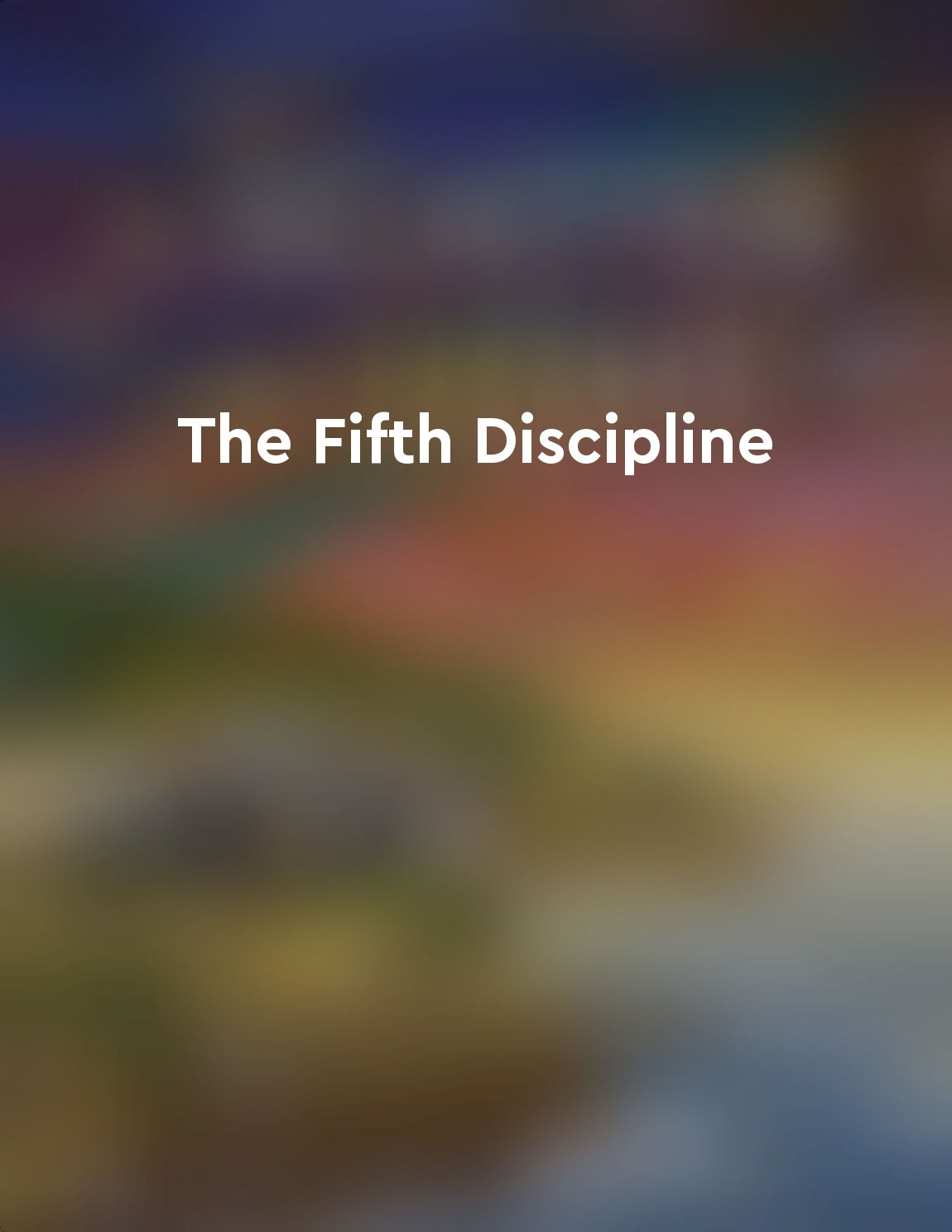Audio available in app
Learn to predict and prevent obstacles from "summary" of Upstream by Dan Heath
Learning to predict and prevent obstacles is a critical skill that can save time, money, and resources in the long run. By taking a proactive approach and anticipating potential challenges before they arise, individuals and organizations can avoid costly mistakes and setbacks. This requires a mindset shift from reacting to problems as they occur to actively seeking out and addressing root causes before they escalate. One way to develop this skill is by conducting a thorough analysis of past experiences and identifying patterns or trends that may indicate future obstacles. By learning from past mistakes and successes, individuals can better prepare themselves for similar situations in the future. This can involve reflecting on previous projects, interactions, or decisions to identify areas where improvements can be made to prevent similar challenges from arising in the future. Another key aspect of predicting and preventing obstacles is to proactively seek out feedback and input from others. By engaging with stakeholders, team members, or experts in a particular field, individuals can gain valuable insights and perspectives that can help identify potential obstacles before they become major problems. This collaborative approach can also help generate creative solutions and alternative strategies to address challenges effectively. In addition, individuals can also benefit from adopting a continuous improvement mindset, where they actively seek out opportunities to refine and enhance their processes and systems. By regularly reviewing and updating their approach based on new information or feedback, individuals can stay ahead of potential obstacles and adapt quickly to changing circumstances.- Learning to predict and prevent obstacles is about being proactive, strategic, and open to feedback. By developing this skill, individuals can position themselves for success and avoid unnecessary roadblocks that can impede progress. Embracing a mindset of continuous learning and improvement can help individuals and organizations thrive in an ever-changing and challenging environment.
Similar Posts

Delegating tasks based on team members' strengths and expertise enhances performance
When leaders assign tasks to their team members, they must consider each individual's strengths and expertise. This approach is...

Perfectionism hinders progress and enjoyment
Perfectionism often masquerades as a noble pursuit, but it can create a paralyzing barrier to both progress and enjoyment. When...
Craft a strong opening and closing to leave a lasting impression
Crafting a strong opening and closing is essential in making a lasting impression on your audience. The beginning of your speec...
Enhancing memory retention techniques
Memory retention techniques can be enhanced by employing various strategies that tap into the brain's natural ability to rememb...

Prioritize aligning people with strategic objectives
To build a great company, it is essential to prioritize aligning people with strategic objectives. This means ensuring that eve...
Begin with the end in mind
When we talk about beginning with the end in mind, we are essentially talking about setting a clear destination or objective be...
Ask probing questions
To really get to the heart of a matter, it is essential that we ask probing questions. These are the questions that dig deeper,...

Manage your time effectively
To manage your time effectively means to prioritize tasks, set goals, and allocate your time wisely to achieve those goals. It ...
Believe in the power of small ideas
When it comes to innovation, we often fall into the trap of thinking that breakthroughs have to be grand, earth-shattering idea...

Creative tension drives organizational improvement
The idea that creative tension drives organizational improvement is a central concept in our exploration of learning organizati...

